That everyday ingredient in your kitchen could be silently killing your cat’s blood cells, study warns

Some everyday foods can pose hidden dangers to household pets, and a new report adds a stark reminder of just how harmful the wrong snack can be. As reported by The Independent, researchers have documented a rare but serious health condition in a domestic cat after it consumed a common kitchen ingredient, not often seen as a threat. The findings highlight the critical need for pet owners to understand how certain human foods can have devastating effects on animal health.
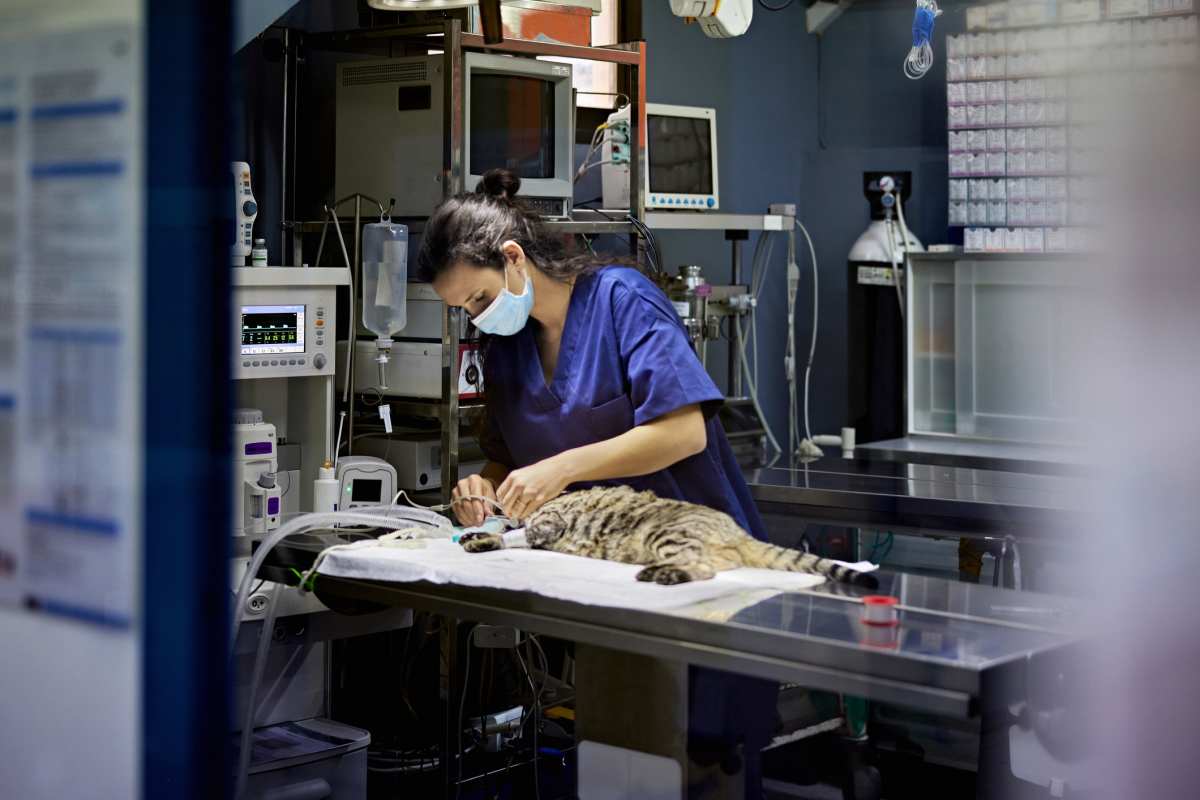
The case, published in the journal Discover Animal, details the severe anaemia experienced by the cat, caused by the early destruction of red blood cells. The cat, brought to Clinica Veterinaria Colombo in Italy, showed signs of lethargy and loss of appetite. Blood tests revealed an extreme drop in red blood cell count, leading to the diagnosis of haemolytic anaemia. In this serious condition, red blood cells are destroyed faster than the body can replace them. Researchers identified thiosulfate, a compound in onions, as the culprit that damages red blood cells in cats.
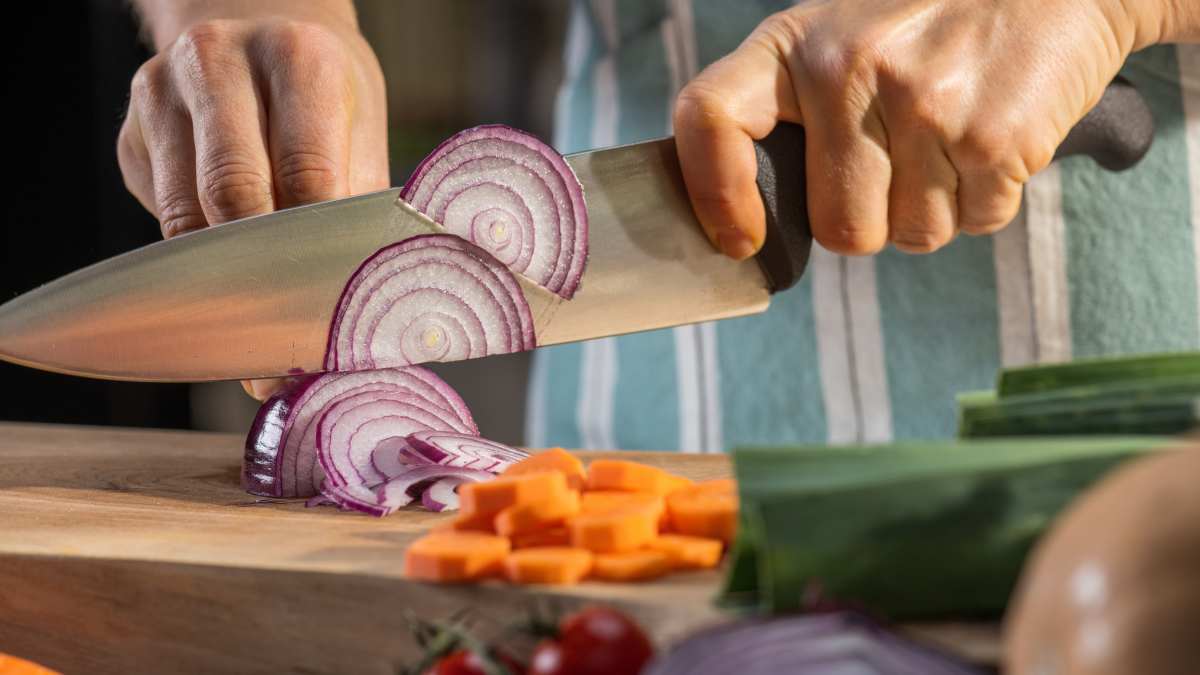
One key indicator of this condition was found during the cat’s blood examination. Researchers spotted Heinz Bodies, damaged haemoglobin molecules, which indicate oxidative stress on red blood cells. Alongside these, the presence of “ghost cells” was also detected. These are red blood cells that have lost their internal content and are a clear sign of toxic damage. “This case report suggests that onion ingestion can lead to anaemia with more severe erythrocyte alterations such as ghost cells with remarkably large HBs, which have not been previously described in feline onion ingestion,” the scientists noted.
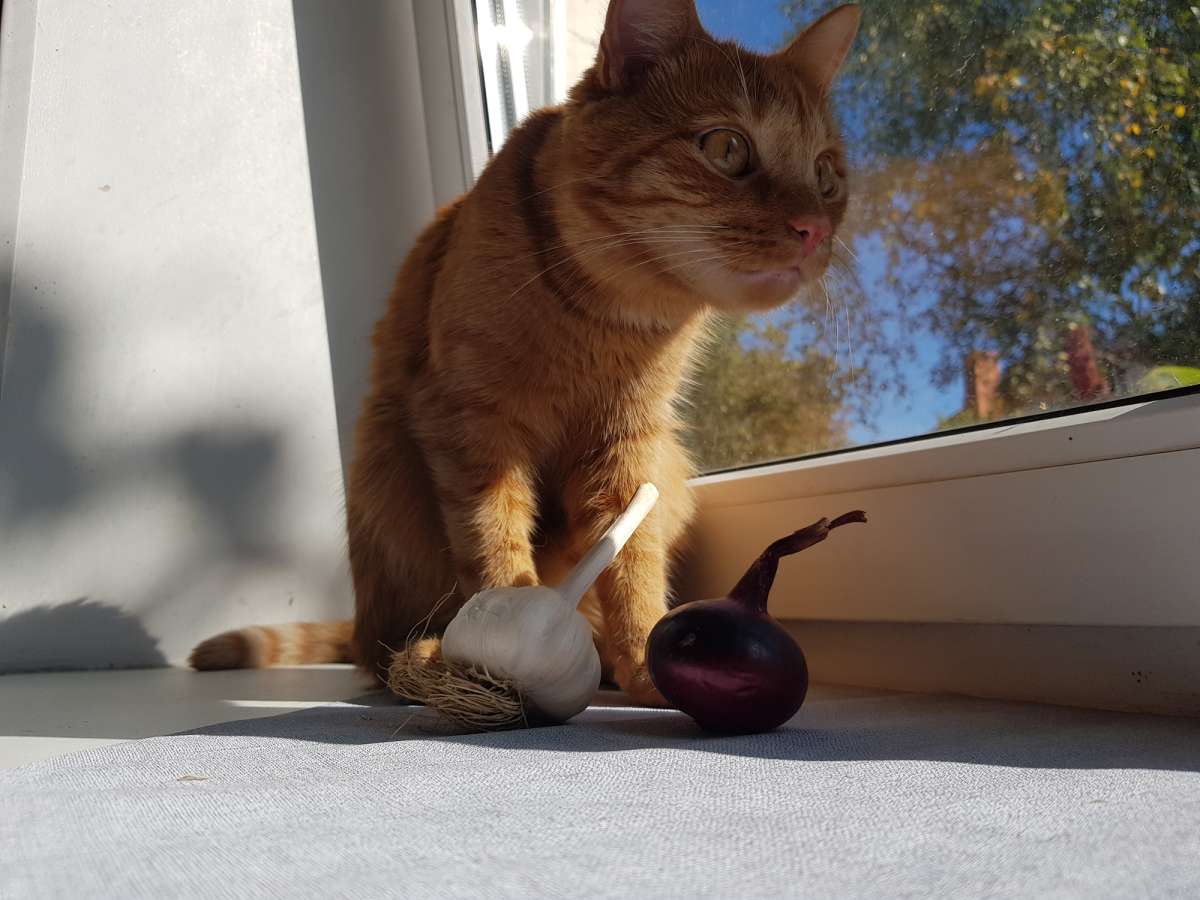
Cats are obligate carnivores with a sensitive metabolism, lacking the enzymes needed to break down some food compounds, including those in onions. In this case, the damage was so severe that the cat was euthanised due to the poor prognosis and the owner’s financial limitations. Treatment for such poisoning usually includes inducing vomiting or, in serious cases, blood transfusions. Researchers are urging pet owners to store foods like onions, garlic, and chocolate safely away from cats and to educate others about these risks.
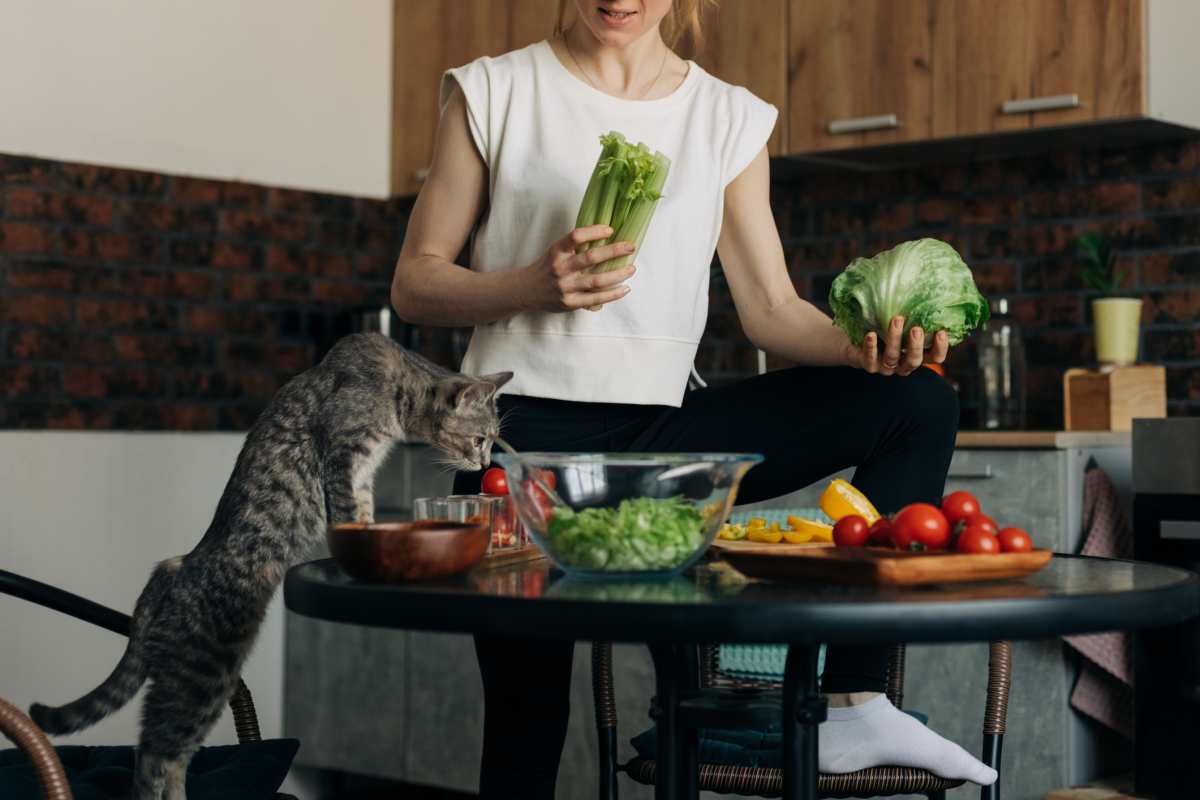
Another report by the National Library of Medicine sheds light on pet poisoning cases and common toxic foods. Around 95 to 98 per cent involve dogs and cats and tend to happen at home, especially during the summer and holiday seasons. Over 90 per cent are accidental. Feeding pets human foods like chocolate, grapes, onions, garlic, avocado, alcohol, and chewing gum with xylitol can be harmful.
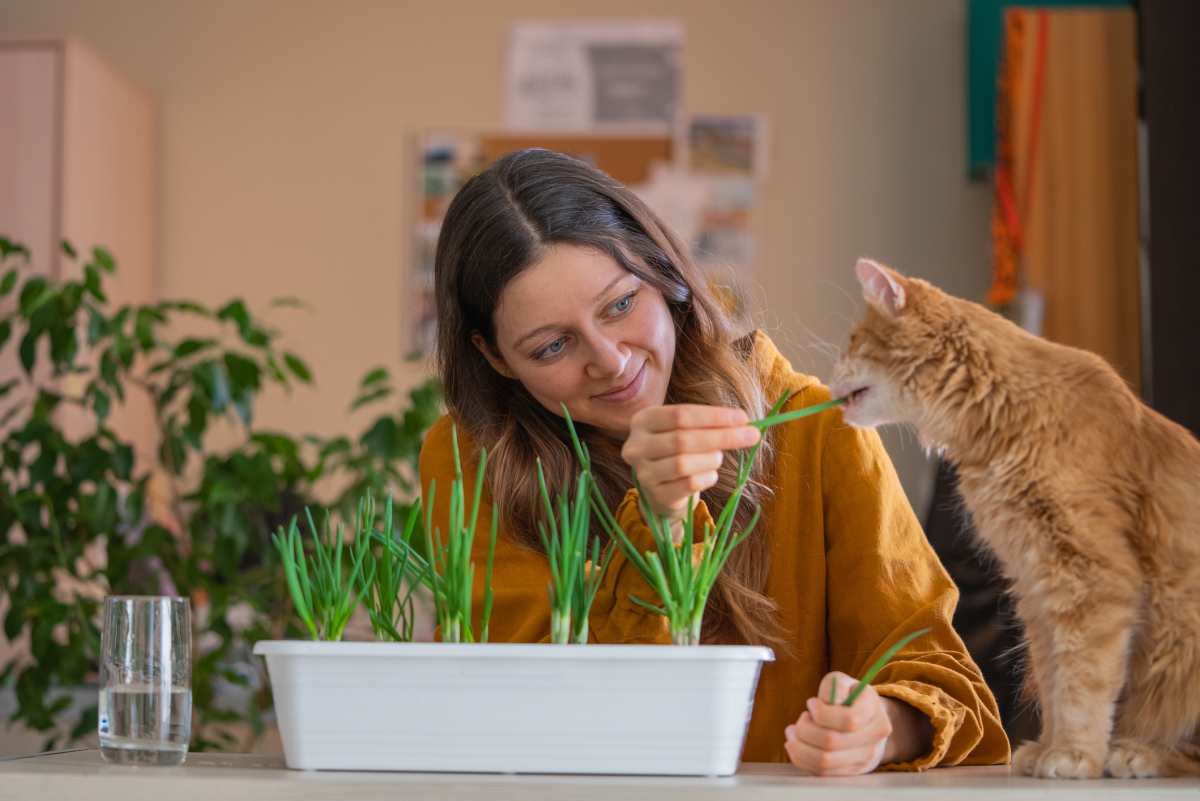
The report further warns about the dangers of feeding avocados to pets. All parts of the plant, including the fruit, leaves, pit, and tree, can be poisonous to dogs, cats, birds, and even farm animals. A toxin called persin is responsible for these effects, causing serious issues like fluid buildup in the lungs, breathing problems, and even death. High fat content in avocados can also trigger pancreatitis in pets, leading to vomiting, abdominal pain, and loss of appetite. Pet owners are strongly advised to avoid giving avocados to any non-human animals.